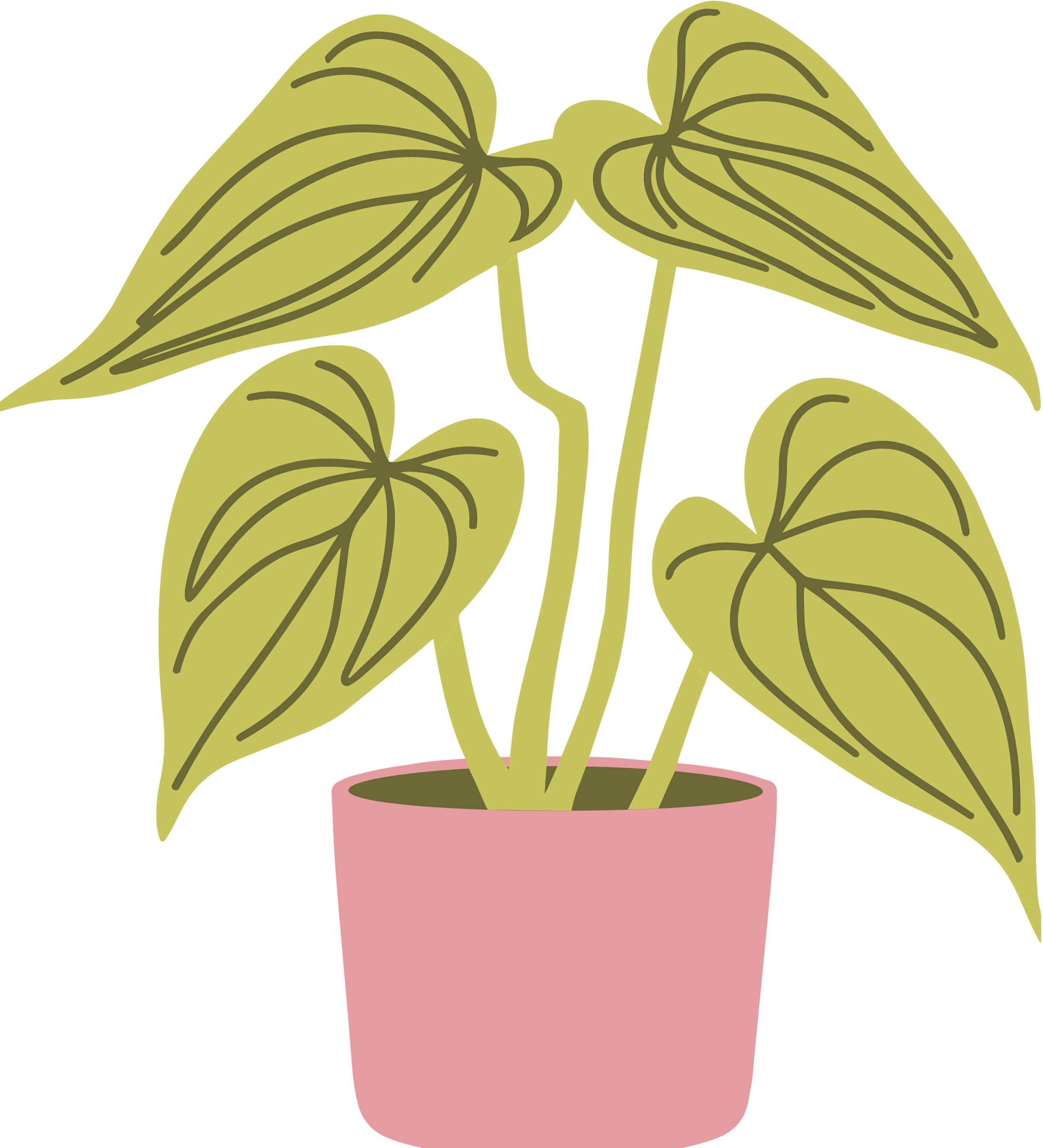 The Plant Society
The Plant Society
Golden Pothos Totem
Golden Pothos is a popular, low-maintenance houseplant known for its attractive heart-shaped leaves with golden-yellow variegation. It’s easy to grow and thrives in various conditions, making it an excellent choice for both beginners and experienced plant owners.
1. Light Requirements
- Ideal Light: Golden Pothos prefers bright, indirect light but can also tolerate lower light conditions.
- Avoid Direct Sunlight: Direct sunlight can scorch the leaves and cause them to lose their vibrant color.
- Tolerates Low Light: It can adapt to low light, making it perfect for areas with limited natural light, like offices or bathrooms.
2. Watering
- Watering Frequency: Water when the top 1-2 inches of soil feel dry to the touch.
- How to Water: Ensure that the pot has drainage holes to prevent water from sitting at the bottom, as this can lead to root rot.
- Winter Care: During the colder months, the plant’s growth slows down, so water less frequently.
3. Temperature and Humidity
- Temperature Range: Golden Pothos thrives in temperatures between 65°F to 85°F (18°C to 29°C). Avoid placing it in cold drafts or in temperatures below 50°F (10°C).
- Humidity: This plant enjoys moderate to high humidity but can tolerate average indoor humidity levels. For increased humidity, you can mist the leaves or place the pot on a humidity tray.
4. Soil and Potting
- Soil Type: Golden Pothos prefers well-draining potting soil. A standard houseplant mix works well, or you can mix in some perlite for extra drainage.
- Repotting: Repot your Golden Pothos every 1-2 years or when it outgrows its pot. Choose a slightly larger pot to allow for continued growth.
- Potting: Always use a pot with drainage holes to prevent water from accumulating at the bottom and causing root rot.
5. Fertilizing
- Feeding Frequency: Fertilize during the growing season (spring and summer) every 4-6 weeks with a balanced, water-soluble fertilizer diluted to half strength.
- Avoid Overfertilizing: Too much fertilizer can lead to leggy growth or burned leaves. Skip fertilizing during the fall and winter months when the plant is not actively growing.
6. Pruning and Maintenance
- Trimming: To keep the plant looking tidy and encourage bushier growth, trim long vines back with clean, sharp scissors. You can also propagate the cuttings in water or soil.
- Cleaning: Wipe the leaves occasionally with a damp cloth to remove dust and keep the plant healthy.
7. Common Problems
- Yellowing Leaves: Yellow leaves can indicate overwatering, underwatering, or too much direct sunlight. Check the soil moisture and adjust watering accordingly.
- Leggy Growth: If your Golden Pothos starts to look leggy (long, sparse vines), it might need more light. Alternatively, you can prune it to encourage fuller growth.
- Pests: While generally pest-resistant, Golden Pothos may occasionally attract spider mites or mealybugs. Treat with insecticidal soap if needed.
8. Toxicity
- Pets: Golden Pothos is toxic to pets (cats and dogs) if ingested, causing irritation or more severe symptoms. Keep it out of reach of pets, especially if they tend to chew on plants.
By following these care instructions, your Golden Pothos will thrive and continue to grow beautifully, adding lush greenery and a touch of elegance to your space!